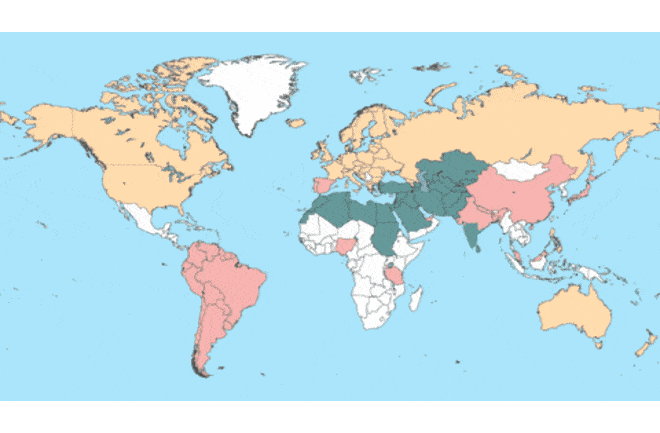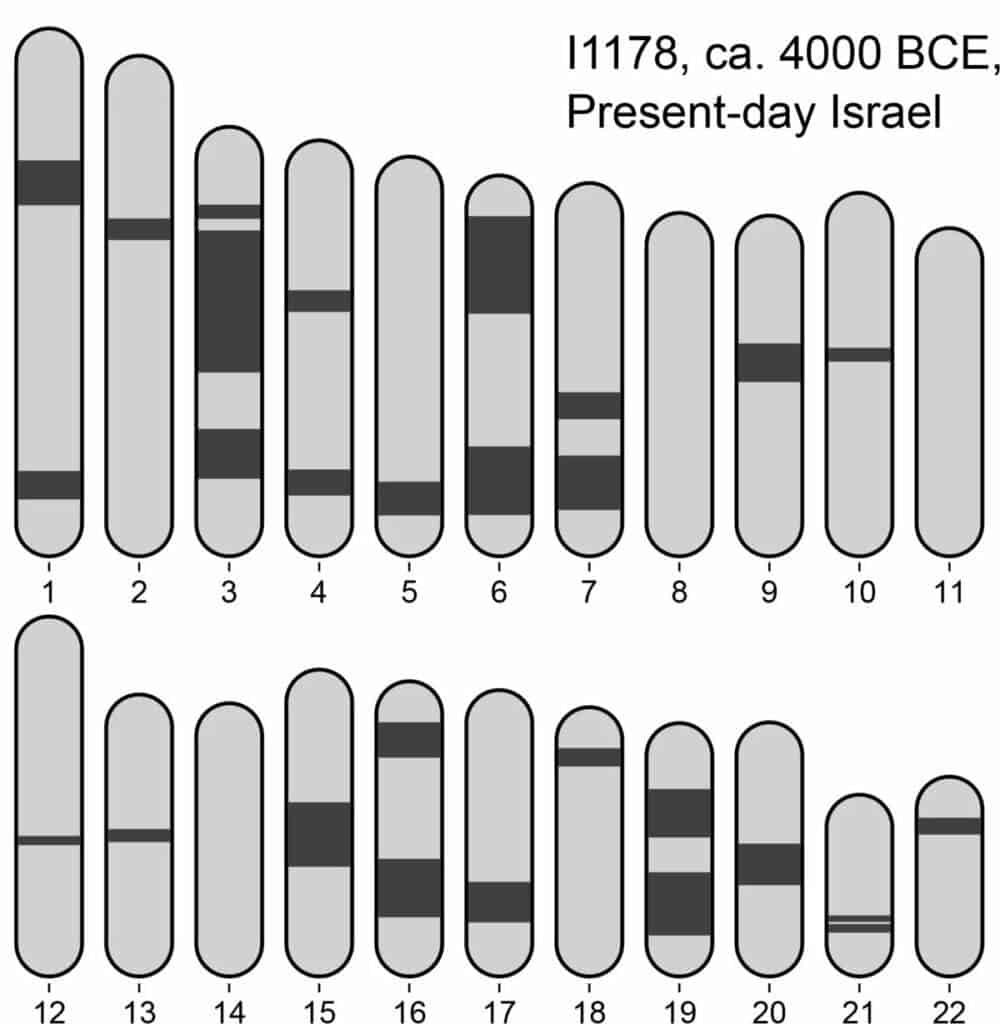For most of humanity’s relatively recent history, marrying your first cousin was not only deemed acceptable, but it was also all too common. According to Robin Fox, a professor of anthropology at Rutgers University, it’s likely that 80 percent of all marriages in history have been between second cousins or closer. Even Charles Darwin, the father of the theory of natural selection, a fellow who knew a thing or two about inheritable defects, married his first cousin Emma Wedgwood.
Although in the 21st century marrying your first cousin is banned in most states in the United States and other western countries, globally cousin marriages are still going strong. An estimated 10% of all marriages in the world are between first or second cousins, and in some regions, such as North Africa and West and Central Asia, it is as high as 50%.

Hunter-gathers didn’t keep it in the family
Bearing these somewhat disturbing stats in mind, have humans always been destined to mate with their cousins? Not really. A new study performed by researchers at the Max Planck Institute for Evolutionary Anthropology in Germany and the University of Chicago found mating between cousins was exceedingly rare during prehistoric times.
The researchers analyzed DNA data from ancient humans who lived up to 45,000 years ago. Each person’s DNA can be used to trace a person’s parents and the degree of genetic relatedness using a computational tool that looks for long stretches of DNA that are identical in the two DNA copies, one inherited from the mother, the other from the father.
Among the dataset used in the study, which included 1,785 ancient humans, only 54 individuals showed signs of breeding among cousins.

That’s just 3%, a staggeringly low figure considering human’s propensity for unions among cousins in recent history. Furthermore, these ancient mating events among cousins were sporadic since the DNA didn’t cluster in space or time. These observations stayed consistent among hunter-gatherers who lived 10,000 years ago.
Besides identifying episodes of matings among close kin, the analysis also revealed patterns of background relatedness, a measure of many distant relationships within small populations.
The researchers in Germany found right around the time agriculture was invented, the background parental relatedness decayed, indicative of increasing population size across several geographic regions worldwide. It may be that once humans transitioned to a sedentary lifestyle, unions among cousins became more common, the authors wrote in their study published in Nature Communications.
For what it’s worth, though not ideal, marriages among cousins aren’t all that bad. A study published in the Journal of Genetic Counseling found that children of first cousins face a 2% to 3% higher risk of birth defects than the general population. The authors of this study go on to explain that the relative risk is the same faced by a woman who gives birth at 41 rather than at 30. The risks of inbreeding defects among second cousins are much lower.
However, extreme inbreeding, such as among siblings or among multiple generations of siblings is very dangerous with a high risk of births with physical deformities and impaired cognitive abilities. The famous ‘Habsburg jaw’, a deformity caused by multiple generations of inbreeding among the Habsburg royal family, once the most powerful family in the world, is a prime example from history.
It’s intriguing that hunter-gatherers were naturally averse to mating with their close kin, and that somehow this awareness was lost as people started living in crowded towns and cities.









